Expansion of Aquaculture
The Lysine Market is witnessing a significant expansion in aquaculture, which is becoming a vital source of protein for human consumption. As fish farming practices evolve, the demand for high-quality feed that includes essential amino acids like lysine is increasing. The aquaculture sector is projected to grow at a compound annual growth rate of around 5% over the next few years, further driving the need for lysine. This growth is attributed to the rising awareness of the health benefits associated with fish consumption and the need for sustainable food sources. Consequently, the integration of lysine in aquaculture feed formulations is likely to enhance growth performance and feed conversion ratios, thereby supporting the overall growth of the Lysine Market.
Rising Health Consciousness
The Lysine Market is also influenced by the rising health consciousness among consumers, leading to an increased interest in dietary supplements. Lysine Market is recognized for its potential health benefits, including supporting immune function and promoting muscle recovery. As more individuals seek to enhance their nutritional intake, the demand for lysine-based supplements is expected to rise. In 2023, the dietary supplement segment accounted for approximately 15% of the total lysine market, indicating a growing trend. This shift towards preventive healthcare and wellness is likely to create new opportunities for lysine manufacturers, as they adapt their offerings to meet the evolving preferences of health-conscious consumers.
Increasing Demand for Animal Feed
The Lysine Market is experiencing a notable surge in demand for animal feed, primarily driven by the growing livestock sector. As the global population continues to expand, the need for protein-rich food sources increases, leading to higher consumption of meat and dairy products. Lysine Market, being an essential amino acid, plays a critical role in animal nutrition, enhancing growth rates and feed efficiency. In 2023, the animal feed segment accounted for approximately 80% of the total lysine consumption, indicating its pivotal role in the industry. Furthermore, the rise in meat consumption in developing regions is likely to bolster the demand for lysine in animal feed, thereby propelling the Lysine Market forward.
Technological Innovations in Production
The Lysine Market is benefiting from technological innovations in production processes, which are enhancing efficiency and reducing costs. Advances in fermentation technology and genetic engineering are enabling manufacturers to produce lysine more sustainably and at a lower price point. For instance, the development of high-yielding microbial strains has improved lysine production rates, making it more accessible to various sectors. In 2023, the production capacity of lysine reached approximately 1.5 million metric tons, reflecting the impact of these innovations. As production methods continue to evolve, the Lysine Market is likely to see increased competition and a broader range of applications, further driving market growth.
Regulatory Support for Nutritional Standards
The Lysine Market is positively impacted by regulatory support for nutritional standards in animal feed and human nutrition. Governments and regulatory bodies are increasingly recognizing the importance of amino acids like lysine in promoting health and productivity. This support is leading to the establishment of guidelines that encourage the inclusion of essential nutrients in feed formulations. For instance, several countries have implemented regulations that mandate the minimum levels of lysine in animal diets, thereby driving demand in the feed sector. As these regulations become more stringent, the Lysine Market is likely to experience growth, as manufacturers strive to comply with these standards and enhance the nutritional quality of their products.
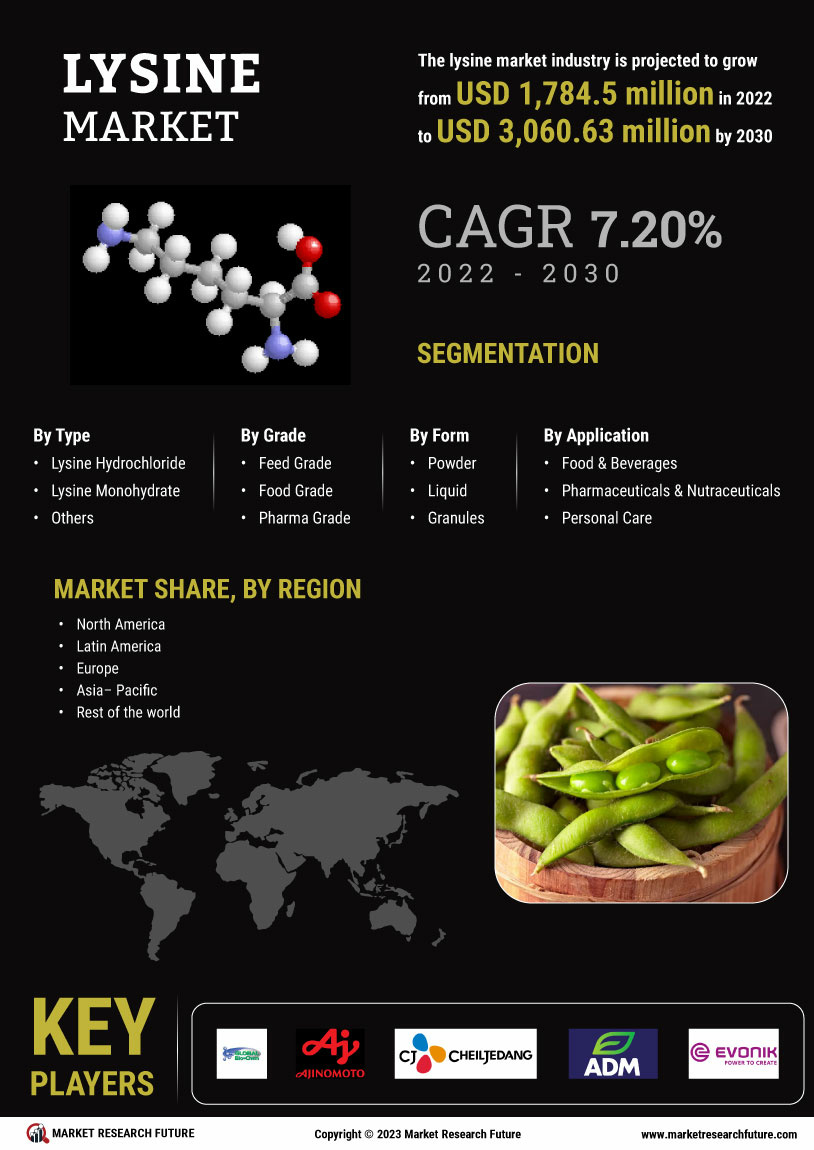

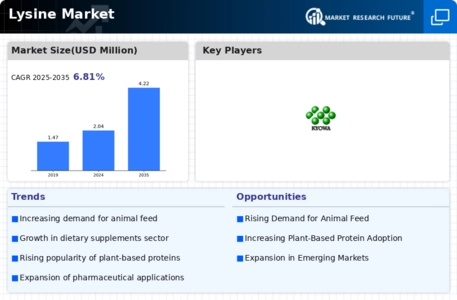
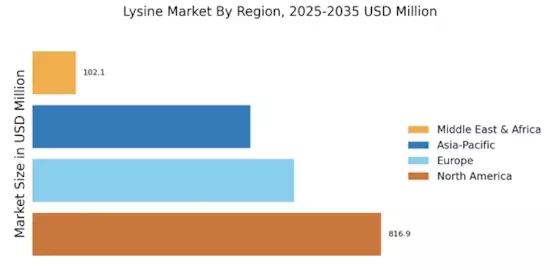
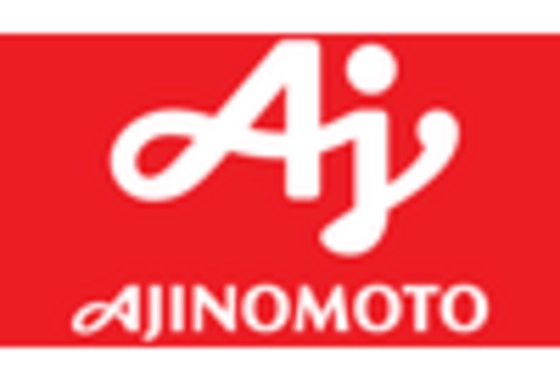
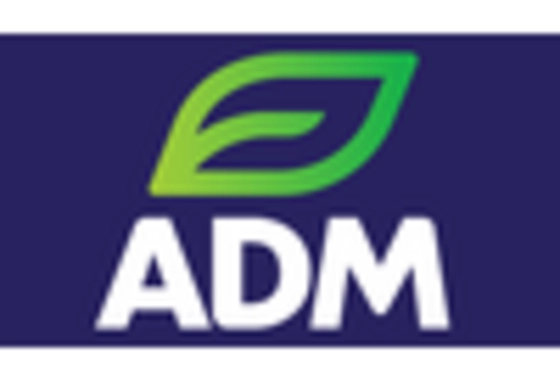
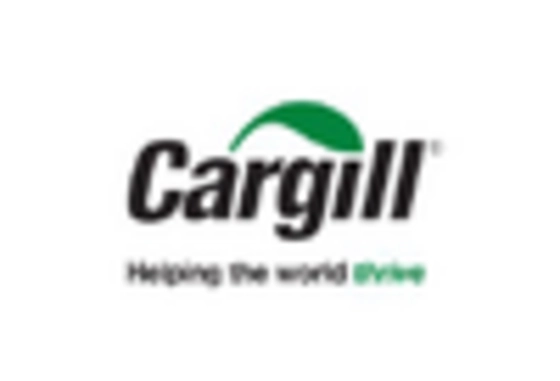











Leave a Comment